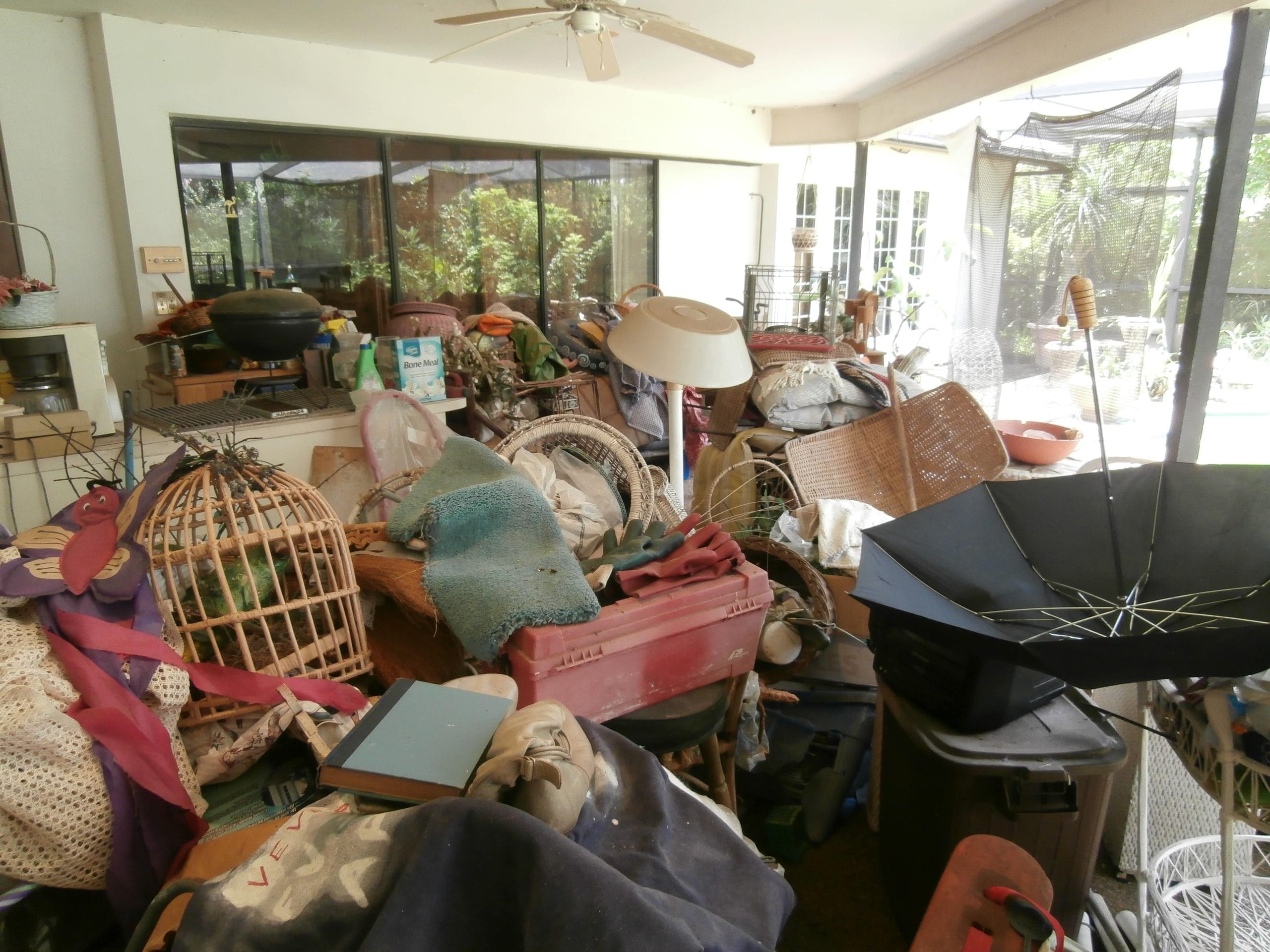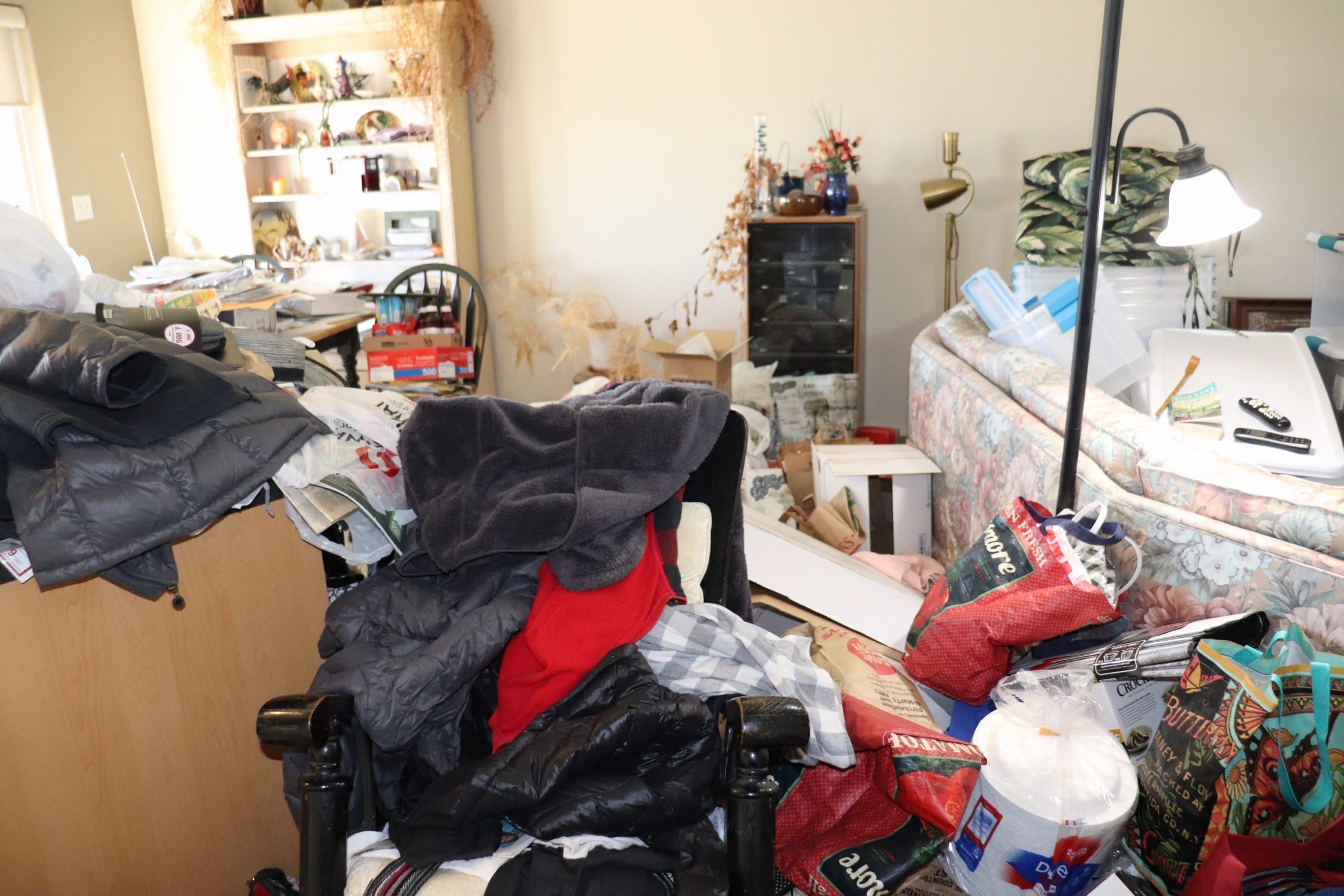Hoarding Pricing
When it comes to pricing a hoarding job, there are only a handful of factors that play into the price. What the equation comes down to for pricing of a hoarding job is as follows:
The first is what level of hoarding is the individual? The level makes a difference because we work with individuals who are designated as levels 4 or 5. This also helps us determine just how cluttered the scene is and helps with our time required for our crews on the estimate.
What type of Hoarder are they?
The second is what type of hoarder is the individual? If you are unsure, you can find the types of hoarding here. This helps us get a better understanding of the scene itself and what to expect when we arrive.
Third, is the individual going to be involved in the cleanup process? We have had jobs where the individual sits with us and tells us what they would like thrown out and what they would like saved. We have also had individuals who are very hands-off and just want to get their house back. The individual being involved may be a necessary part of their recovery, but it makes the process longer and more expensive.
Finally, how big is the house or apartment that is hoarded? This number helps us with our pricing because we know approximately how long it will take us to clean out a house based on past experience based on square footage. All of these factors together help us give the most accurate estimate possible.
Contact us for a more detailed plan
As always, reach out to us by finding your nearest location below, and we will seamlessly guide you through the process.



